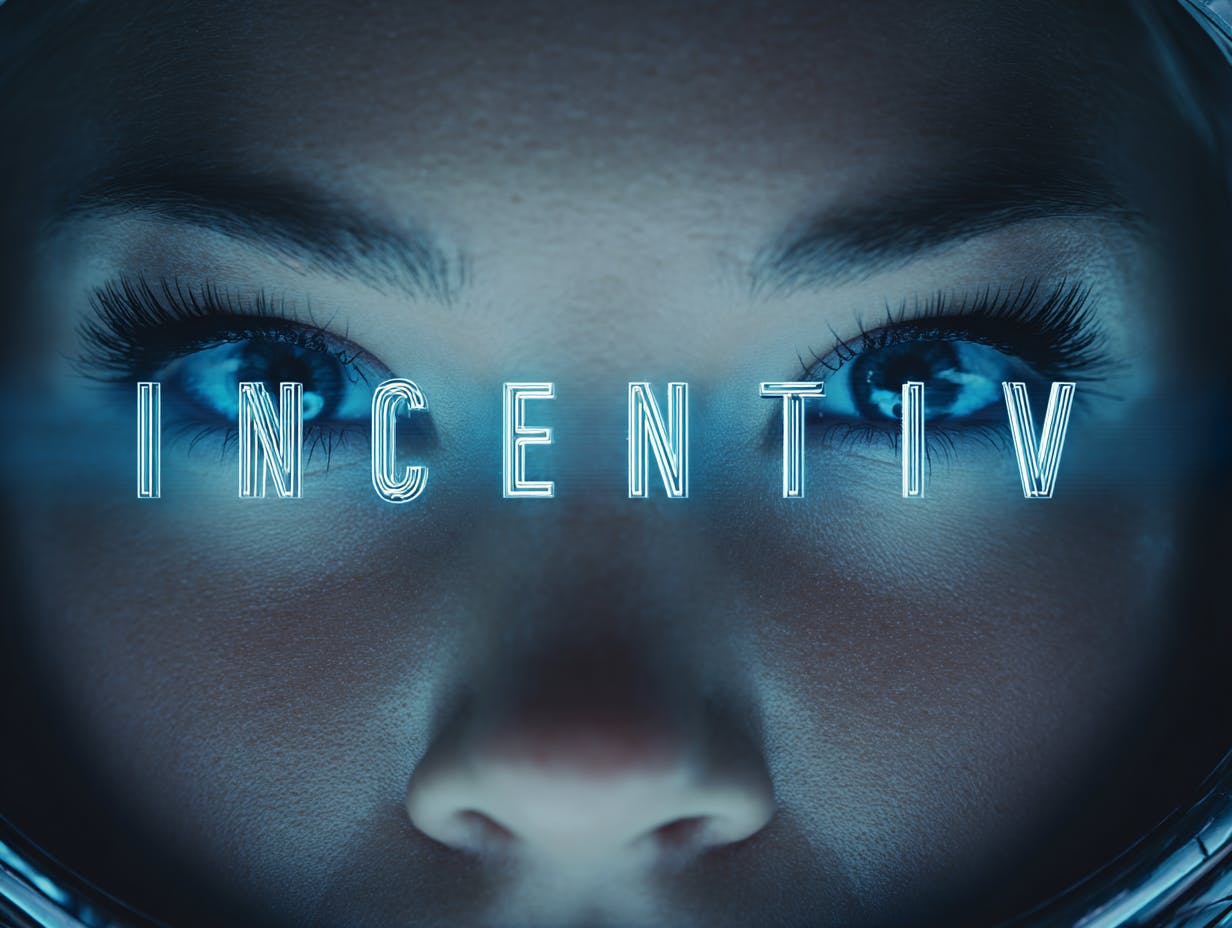Can Blockchain Rewards Move Beyond Mining and Staking?
The idea that every participant in a blockchain network should be rewarded proportionally to their real contribution has been debated for years. Most chains reward miners or validators, while everyday users, developers, and liquidity providers often receive far less recognition in economic terms.
Incentiv, an EVM-compatible Layer 1 blockchain, is entering its public phase with a model that claims to solve this imbalance. Backed by testnet activity from more than 1.2 million wallets, the network’s reward structure is designed to capture value from actual on-chain activity rather than passive capital.
The company has formally announced that 26% of its $CENT token supply is being set aside for community rewards. This pool is intended to incentivize a wide range of network participation, from securing the network to simply engaging in transactions.
At the core of Incentiv’s economic design is what it calls the Incentiv+ engine. This system aggregates a portion of transaction value and fees from every on-chain action into what is termed a Unified Reward Pool. This pool then redistributes rewards to contributors based on a contribution-scoring system.
In practical terms, the network is moving away from fixed block rewards, which can dilute value over time, toward a performance-based structure. A miner’s payout depends not only on securing the network but also on the economic throughput of the transactions they validate. Similarly, developers building popular dApps or liquidity providers facilitating trades would receive rewards in proportion to their impact. This approach ties blockchain incentives directly to network health and usage, potentially creating a feedback loop where the most value-generating participants are also the most rewarded.
One of the most notable elements of Incentiv’s launch is the decision to preload 26% of the total token supply into the Community Rewards pool. This allocation is designed to front-load incentives in the early stages before transaction fees alone can sustain the system.
The model has two phases:
-
Subsidy-Driven Phase – Rewards are boosted through the initial allocation, encouraging activity while the network gains traction.
-
Self-Sustaining Phase – As transaction volumes grow, fees will replace the subsidy as the primary funding source for rewards.
Additionally, Incentiv has established a Short-Term Growth Fund to selectively support strategic initiatives or activities that could accelerate adoption during the launch period.
Early Adoption Indicators from the Testnet
Incentiv’s public testnet, launched earlier this year, has already attracted significant participation. The figures stand at:
- 1.2 million wallets created
- Hundreds of thousands of testnet challenges completed
- 1.7 billion testnet $TCENT tokens claimed via faucet
The adoption is partly driven by the network’s focus on Advanced Account Abstraction, which underpins several features designed to reduce onboarding friction and improve usability.
Features Aimed at Lowering Barriers
The technical design of Incentiv includes several integrated features intended to make blockchain use more accessible:
-
Unified Token: Lets users pay gas fees in any supported token, not just the native $CENT.
-
Passkey Wallets: Passwordless, device-integrated wallets for secure and simple onboarding.
-
Bundled Transactions: Groups multiple actions into one signed transaction, simplifying complex workflows.
-
Native DEX: Allows token swaps within the protocol, supporting fee conversion and liquidity provision.
-
Open SDK: Enables developers to integrate frictionless dApp sign-in with minimal code.
These features align with the broader industry push toward making blockchain interactions more intuitive for non-technical users.
Final Outlook
Incentiv’s model represents a hybrid between traditional Proof of Work rewards and more holistic contribution-based systems. The early decision to allocate over a quarter of the total token supply to the community is bold, but it raises long-term questions:
- Will the rewards remain appealing once the subsidy phase ends?
- Can contribution scoring remain fair and resistant to manipulation?
- How will this model handle governance disputes over what counts as a “meaningful contribution”?
From a broader perspective, tying payouts directly to on-chain economic activity could encourage healthier network participation than purely speculative token holding. However, the success of this approach will depend heavily on how transparent and auditable the contribution-scoring system is in practice.
If Incentiv can maintain fairness, prevent gaming of the system, and ensure that non-technical contributors are equally valued, it could become a reference point for how blockchain networks distribute value in the future.
Don’t forget to like and share the story!
This author is an independent contributor publishing via our











